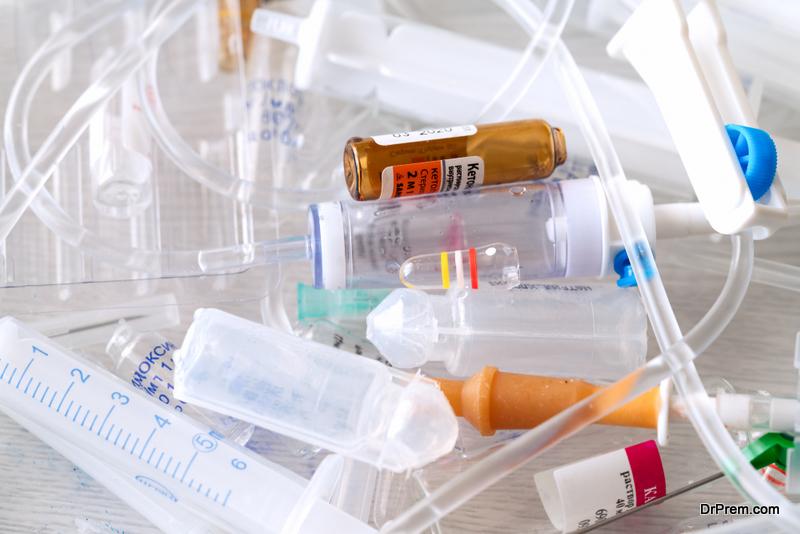As our world grapples with the challenges of climate change and environmental degradation, sustainability has become a mantra that transcends boundaries and industries. The medical field, often known for its excessive waste, is no exception. A pressing question we must address is how to manage medical waste disposal in an environmentally friendly manner. Exciting eco-friendly innovations are emerging in this space, promising a greener future.
The Significance of Medical Waste Treatment
Medical waste, often biohazardous, is generated in hospitals, clinics, and research centers globally. This waste includes items contaminated with blood, body fluids, or other infectious materials. It is crucial to treat such waste properly, as improper disposal can lead to environmental pollution and even disease outbreaks. Traditionally, these wastes are incinerated, a process that releases toxic pollutants into the air. Fortunately, eco-friendly alternatives are emerging and gaining recognition.
Sterilization: An Eco-Friendly Alternative
One such innovation is the use of autoclaving, a method of sterilizing medical waste with pressurized steam. Autoclaving is a non-polluting process that effectively kills pathogens, reducing the volume of waste that needs to be disposed of in landfills. A study published in the Journal of Environmental Management highlights the promising potential of autoclaving in managing medical waste sustainably.
Microwave Treatment: The New Frontier
Microwave treatment is another breakthrough in the field of medical waste disposal. This method involves using heat generated by microwaves to disinfect medical waste. It is a process that consumes less energy compared to traditional incineration, making it a more sustainable choice. A study published in the Journal of Cleaner Production substantiates its effectiveness and efficiency.
The Promise of Pyrolysis
Pyrolysis, a thermochemical treatment, is a process where medical waste is decomposed at high temperatures in the absence of oxygen. It is an eco-friendly alternative to traditional incineration, as it reduces harmful emissions and produces energy-rich gas, oil, or char that can be repurposed. ResearchGate provides an in-depth study on the potential of pyrolysis in managing medical waste.
Chemical Decontamination: An Emerging Approach
Chemical decontamination is an emerging technique where chemicals are used to disinfect medical waste. This method is particularly useful for treating certain types of hazardous waste, such as sharps and pathological waste. Although in its nascent stages, it holds potential for reducing the environmental impact of medical waste disposal.
Eco-Digestion: The Way Forward?
Eco-digestion, a process where microorganisms are used to break down medical waste, is another innovative approach. Not only is this method sustainable, but it also reduces the volume of waste significantly. Scientists are still exploring the full potential of this method, but early results are promising.
The Role of Legislation in Promoting Sustainable Medical Waste Disposal
Legislation plays a crucial role in promoting sustainable medical waste disposal. Stricter regulations can encourage healthcare facilities to adopt greener practices. In some regions, such as the European Union, regulations mandate the use of eco-friendly medical waste disposal methods.
The Importance of Education and Training
Lastly, education and training are key to ensuring the successful implementation of these eco-friendly innovations. Healthcare professionals must be trained to segregate waste properly and to operate new waste disposal technologies. This not only ensures the effectiveness of these technologies but also minimizes the risk of contamination.
The Path to a Sustainable Future in Medical Waste Disposal
The journey towards a sustainable future in medical waste disposal is marked by innovative technologies and practices that prioritize the environment without compromising safety. While progress is being made, there’s still a long way to go. Continued research and development, supportive legislation, and comprehensive education and training will be critical in paving this green path forward.
In conclusion, while the challenge of sustainable medical waste disposal is complex, the emergence of eco-friendly innovations offers hope. By adopting these innovative methods, we can reduce the environmental footprint of the medical industry and move towards a greener, more sustainable future. As sustainable professionals, it is our shared responsibility to champion these changes and contribute to the creation of a more sustainable world.
Article Submitted By Community Writer




